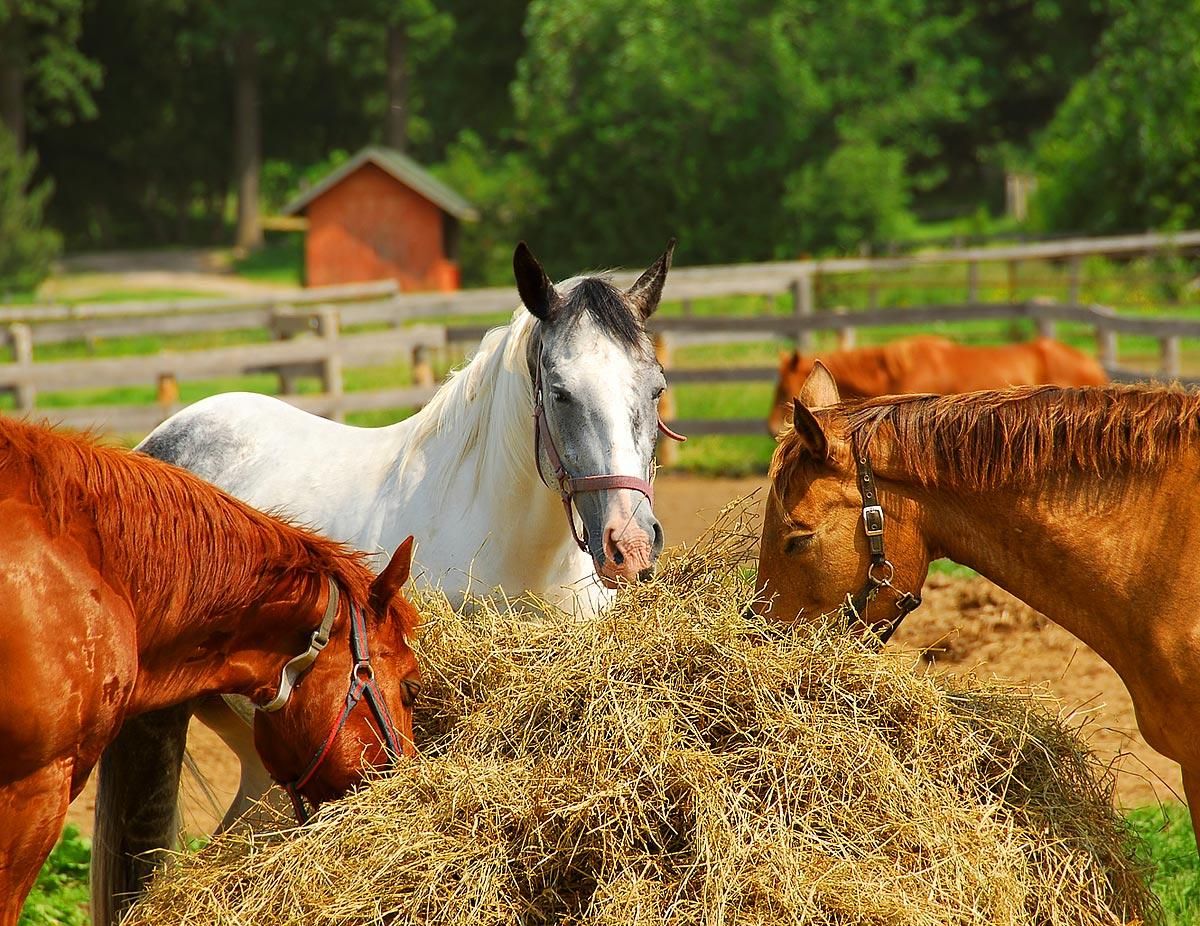
For many horse owners, the transition from summer to winter is a bit miserable! The days are shorter, you’re hanging up wet rugs everywhere, turnout becomes restricted and many horses start to come in to the stable creating more work! It can also the time when poor doers and older horses lose weight and so a change to their horse feed is required. These are our top tips to make this winter the easiest one yet!
Feeding Your Horse In The Winter
Allow your horse ad lib access to forage during the colder, winter months, as this helps to fuel the fermentation process in the hind gut, which helps to keep the horse warm, in addition to maintaining a healthy digestive system.
If you are stabling your horse for long periods, try lots of different horse feeds around the stable so they have variety and can forage around for different things. You could use both hay and haylage, use a treat ball with some high fibre cubes and provide a big bucket of chopped fibre horse feed too!
Other Things To Consider
Ensure that your horse remains hydrated through the colder months as it is very common for them to minimise their water intake during this period. You can give your horse a soaked horse feed to help to maintain their hydration and also reduce the risk of colic. An example would be soaked sugar beet. This is, in fact, low sugar as the sugar has been extracted for use in the human food industry. What is left is a fibrous pulp that is ideal as a horse feed because it is high in fibre and low in sugar!
Wind, rain and cold temperatures can lead to your horse’s behaviour changing, as they become a bit on their toes also referred to as being sharp, fizzy or excitable. Therefore, you should consider feeding them a fibre or oil-based horse feed to provide slow release energy.
Unfortunately, laminitis isn’t a condition that just occurs during the spring and summer, so those prone to it require careful management during the winter too. You should try to avoid turning out on cold, frosty mornings as this is when the sugar levels in the grass will be at their highest. Supplementing the grazing with hay will help to minimise the risk of them eating frosty grass if you have to turn out.
You can use winter to your advantage because if you have a good doer who holds their weight a bit too well, you could help to achieve some weight loss by not over-rugging so they use a bit more energy to keep warm. This might seem a little mean but as obesity is a major risk factor for laminitis, a potentially fatal disease, achieving some weight loss is a major benefit to the horse’s health. Minimise the amount of concentrates you feed your horse but allow plenty of fibre so they keep warm from the inside – just as nature intended.
You can also invest in waterless bath products, so you can keep your horse clean and looking groomed, without having to wash them during the cold, chilly months. This is ideal if you are competing throughout the winter months. Alternatively, if you have the facilities to do so, then you can use warm water, but ensure that you put a fleece or wicking rug on afterwards to keep them warm.
Hopefully this guide has given you some tips for managing your horse during the winter. If you would like to find out more information or about how to care for your horse specifically, speak to an equine nutritionist or vet.
Leave a Reply